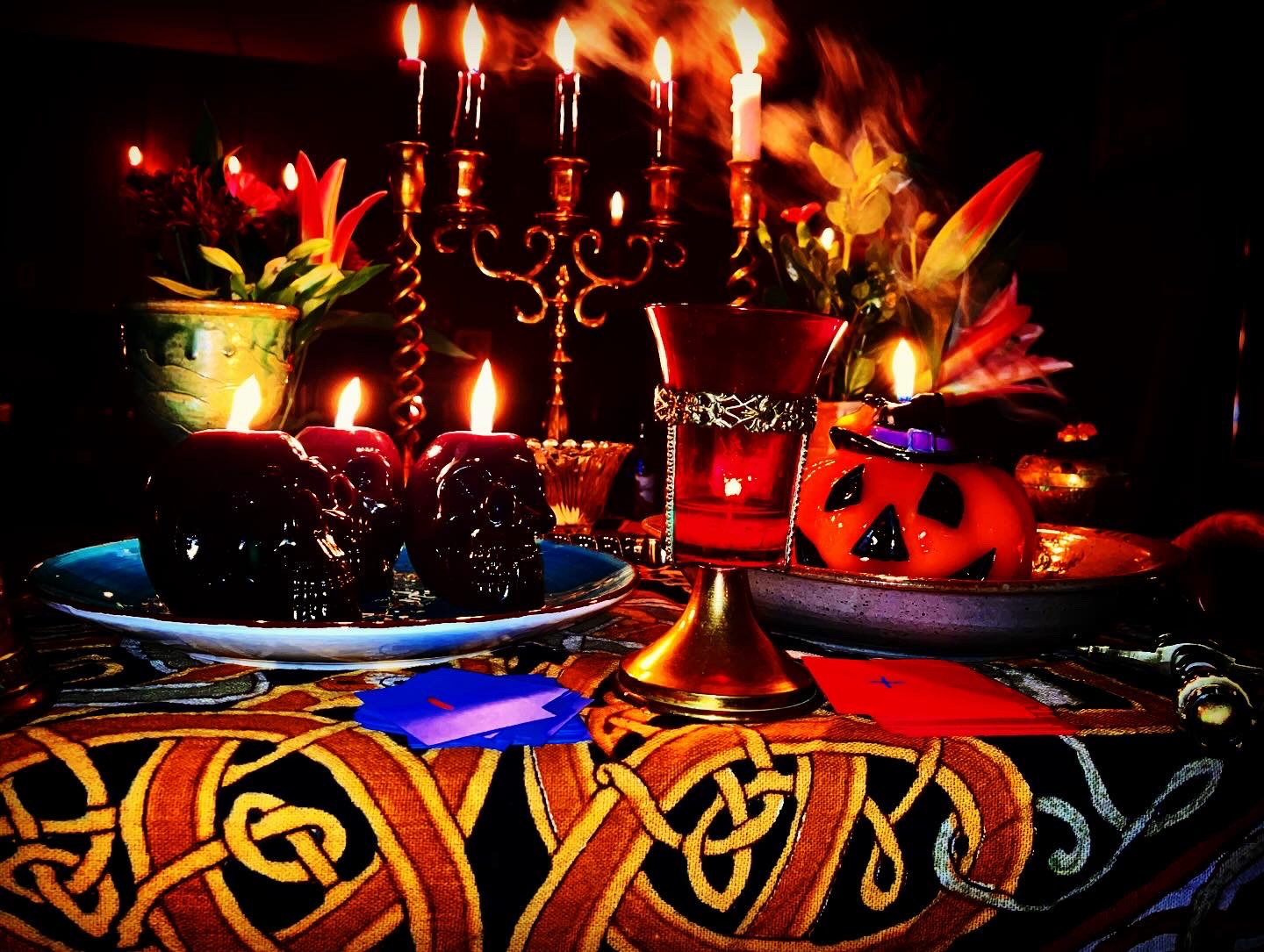The Full Moon of January is known in our tradition as the “Wolf Moon”, and is part of our Full Moon Lunar cycle. Mythologically, this was seen as a season of scarcity, and at times; danger, when the wolves might come down from the hills and forests and hunt in settled areas.

While our times today do not necessarily reflect this exact mythology, we still have in our culture a few old sayings that reflect back to this theme, such as “keeping the wolf away from the door.” It was thought that this statement originated somewhere in Europe in older times where wolves, being strong predators and pack animals, could be a real threat to your livestock, your animals and even to humans if you did not guard and strengthen yourself and family against their potential grasp.
When you hear this sentiment today, it is usually implying that we need to have enough resources to sustain ourselves and our families, such as having enough food to eat and enough money to buy food and take care of your health needs. The “wolf” in this instance is serving as formalized symbol of anything that could create hardships to you and those you love; or basically a powerful “beast” that could cause a hardship if you weren’t strong enough to bar the entry of the beast that wolf is but a symbol of.

Because of this mythology, and even colorful old sayings still existing from times past, we, in our religion today look at this Esbat that was handed-down to us by our Elders as one where we aim to “Burn off the dross”.
The “dross” in this instance can mean many things, such as having a lot of unfinished business that has not been brought to it’s conclusion and is still pending completion – maybe even tasks that we have shirked for a while. It can also mean things that unnecessarily hold us back as well. And because we look at these things in an exoteric and esoteric manner, this could mean burdens that we are carrying around in the mental, emotional and spiritual arenas as well.
For this ritual, initiates of our tradition ask ourselves metaphorically something along the lines of, “What are we carrying around on our shoulders that take up great real estate within these mental and emotional spheres that keep us weighed down?”

Because of this ceremonial theme, the first part of this Esbat is concerned with coming to terms with ourselves, thoughts, actions and performing an honest self-evaluation. It is one where we have to be honest with ourselves, asking ourselves many questions before the performance of this ceremony.
This is what is called an “Introspection Esbat” and we ask within the ceremony that our Coven Guides and Ancient Ones will lead us to that which is good for ourselves.
We then symbolically accept our own personal self-evaluation in this process, realizing there are some things we failed at and some thing we have succeeded at. If we have judged ourselves to have done well, we give thanks to the Ancient Ones for the strength of purpose that we have been given.

If in our own self-evaluation, we feel we did not perform as well as we would have liked, we admit this silently to the Ancient Ones and resolve to do better this cycle. We also ask not to carry these burdens into the coming times – and symbolically burn away the dross, looking to do better.
After this introspective portion of the ceremony, we proceed to any other forms of psychic work or spell-making that the coven has decided to perform this night.
In the third and final part of this passed-down Esbat ceremony, we perform a ritualized process of consecrating an herbal tisane that is charged within the magical circle with dance and chant in order to fortify ourselves against the cold winds of winter. We infuse this brew to bring us well-being during the remaining of the winter-tide before the Spring-tide rolls round again in hopes that we come out on the other side renewed and ready to embrace Nature’s wonderment.
All this is done before our next Coven meeting of the year in our tradition, which is that of the Candlemas Sabbat. During that time, the seed-thoughts that we plant with our thought-power is put into the dark & rich fertile soil. All life begins in darkness.
In many instances, is not that much warmer at Candlemas Sabbat than it was at the January Full Moon — but all seeds that germinate must first be planted in the darkness of the earth in order for the roots to reach downward and then spring upward toward the increasing light of the Sun. This is symbolic of just how all things that are created and fashioned by our hands must have first started within our minds — we must have had the “thought” of it, or “seed”, within our minds. We then water these thought-seeds with the waters of our emotional involvement. Lastly, we fashion things into form by the effort of our human hearts and hands.
So for now, I leave you with this thought about this Full Moon Esbat: Even though it is cold outside in my own environment, and the ground may even still be covered in snow in the area in which I am writing, the ritual itself is ended with a prayer that “…..the wolves of freezing night not take more than their due” and also we will hold the Sacred Flame in our hearts, “for the time of mirth will surely come again.”
Blessed Be!


